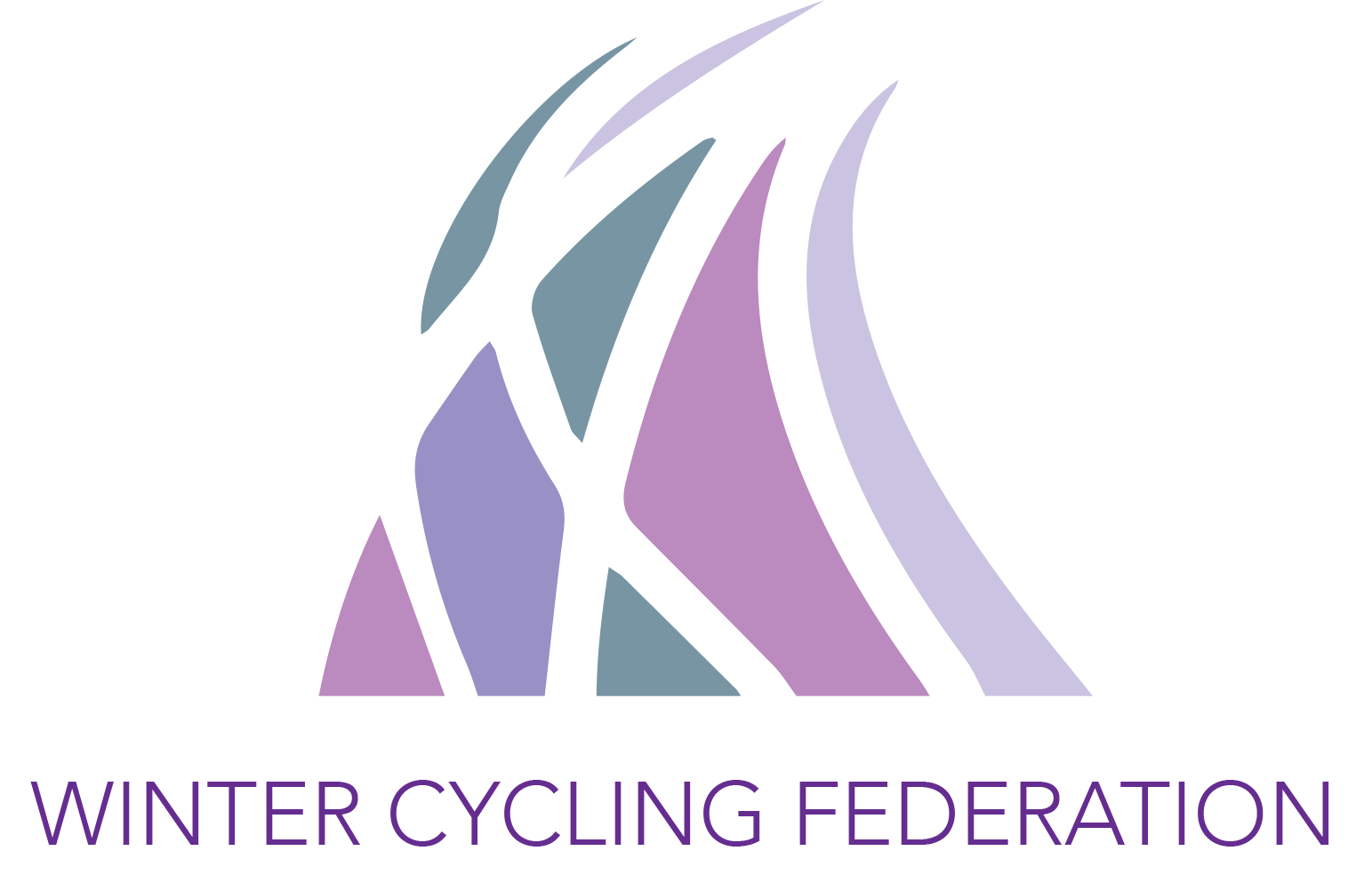Projects
Sustainable and Inclusive Access to Sport Practice
The benefits of cycling are well known and the support and development of cycling gets included in strategic documents on local, national and European levels. Schemes and campaigns that encourage people to bike to school and bike to work are present in countries all over Europe. However, the potential of projects and programs that encourage children to cycle to venues of their extracurricular activities seems to be untapped. That is why the Winter Cycling Federation along with partners from Slovakia (Cyklokoalícia) and Austria (Active) have initiated the Sustainable and Inclusive Access to Sport Practice (SIASP) project.
It is getting to sports practice and extracurricular activities where the phenomenon called “helicopter parenting” or “mom taxi” is most prevalent - in Finland, Slovakia and Austria but also in any other European country. Parents drive their kids everywhere to keep them safe, but this can prevent children from becoming independent. Our project shows the affected families that there is a better way to get around. In addition, the project pays attention to low-income families, where children often cannot participate in sports activities because they do not have a way to get there.
In this project we also work with local authorities to stress the need for safe and easy-to-reach sports facilities and bike-friendly infrastructure. We are confident that our project outcomes (publications) will inspire broad audiences in any city or country in Europe and beyond.
In this project we also work with local authorities to stress the need for safe and easy-to-reach sports facilities and bike-friendly infrastructure. We are confident that our project outcomes (publications) will inspire broad audiences in any city or country in Europe and beyond.

Read our first publication!
The Benefits of Accessible and Inclusive Sport Facilities and Services, the first report of the SIASP project under the Erasmus+ Sport scheme, analyses inclusive and accessible sports facilities and services for children and adolescents from different aspects. Why is it a must-read? Well, because it presents a different perspective on solving the global childhood physical inactivity crisis than we are used to.
Interesting tidbit: Sports facilities are the 4th most important venues of physical activity for children and adolescents. What comes before that?
The report can be downloaded here.
Interesting tidbit: Sports facilities are the 4th most important venues of physical activity for children and adolescents. What comes before that?
- pedestrian and cycle paths
- (school)yards
- nearby nature
The report can be downloaded here.

Community-driven small sport facilities
Having interviewed active, engaged citizens in seven different places, our project partner Cyklokoalícia has published a very unique look into how modest interventions, driven by people, reshape mobility and independence. This insightful how-to guide is a useful tool for any teams of neighbors, parents, teachers and young people who want to reshape the way children move – without waiting for top-down decisions or major budgets.
Download the guide here.
Download the guide here.


Funded by the European Union. Views and opinions expressed are however those of the author(s) only and do not necessarily reflect those of the European Union or the European Education and Culture Executive Agency (EACEA). Neither the European Union nor EACEA can be held responsible for them.

